
Some gems are meant to be found, not bought. All around the U.S., there are places that offer more than just scenic views—they’re home to real, sparkling treasures waiting to be uncovered. Grab a pickaxe and start digging at these 20 spots, where the hunt is just as exciting as the reward.
Gem Mountain, Montana

Gem Mountain near Philipsburg is one of the most active sapphire-producing areas in the U.S. Today, visitors can purchase gravel from the mine’s sapphire-rich deposits and wash it on-site. Each load has potential, and heat-treated stones can be cut into gems suitable for fine jewelry.
Gem Mountain Sapphire Mine, North Carolina
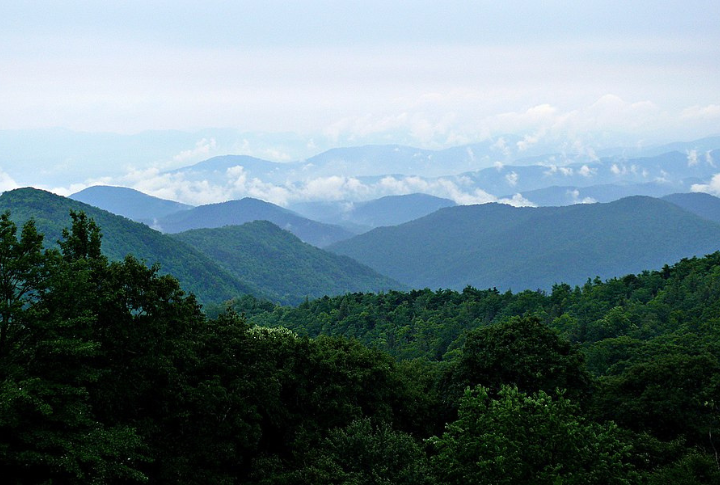
Some places sparkle in more ways than one. Situated near Spruce Pine in the Blue Ridge Mountains, Gem Mountain offers a down-to-earth way to hunt for rubies, sapphires, emeralds, garnets, and more. What sets this spot apart is its well-run setup: helpful staff and a legacy of over 30 years in operation.
Crater Of Diamonds State Park, Arkansas

Here, if you find it, you keep it. This 37-acre plowed field sits above an ancient volcanic pipe, making it one of the most unique public mining spots in the world. Located in Murfreesboro, Arkansas, the park has produced thousands of diamonds, including the 4.25-carat “Kahn Canary Diamond.”
Herkimer Diamond Mines, New York
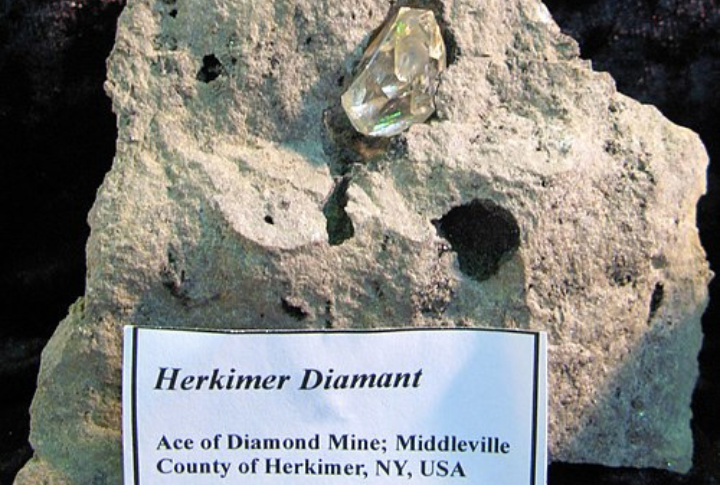
Herkimer “diamonds” are technically double-terminated quartz crystals, but their clarity and brilliance make them prized among collectors. These naturally faceted stones are found in the dolostone rock formations of Herkimer County. Guests use hammers and safety goggles to crack into pockets and extract the crystals themselves.
Graves Mountain, Georgia

Located in Lincoln County, Graves Mountain is home to some of the rarest and most vibrant minerals in the southeastern U.S. Rutile, kyanite, and lazulite are common finds here. The site opens to the public a few times each year for organized “Rock Swaps,” drawing hobbyists from all over.
Devil’s Head, Colorado
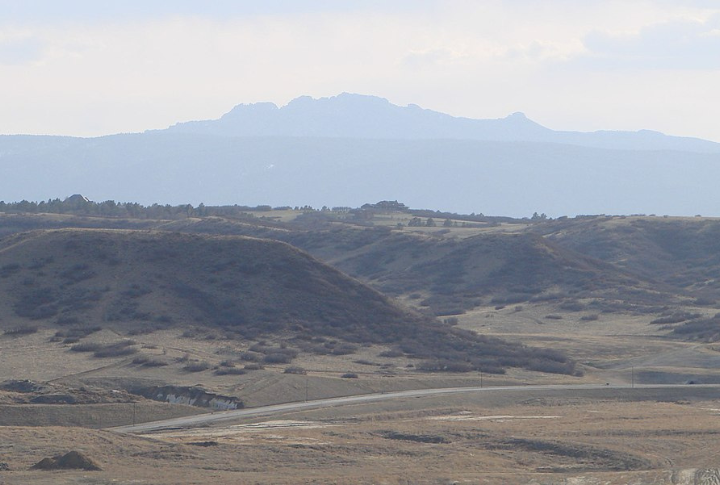
They say you need a devil’s patience to hike it. Set in the Pike National Forest, Devil’s Head is a rockhound’s paradise famous for its amazonite and smoky quartz. These two minerals often grow together and form bright turquoise-and-brown clusters that look like nature’s own sculpture work.
Cherokee Ruby & Sapphire Mine, North Carolina

The Cherokee Mine prides itself on offering native, unsalted soil. Located in the Cowee Valley near Franklin, this site yields rubies, pink sapphires, garnets, and rutile. Because of the region’s ancient volcanic activity, the gem-bearing soil here is rich and productive. Visitors can use traditional flume methods or screen and wash material manually.
Cowee Valley, North Carolina

The valley’s reputation as “The Gem Capital of the World” is backed by decades of documented finds. Multiple mines, including Mason’s, Sheffield, and Rose Creek, give families a chance to screen for garnets, rubies, sapphires, and moonstones. While many offer pre-filled buckets, a few still let you dig on-site.
Rockhound State Park, New Mexico
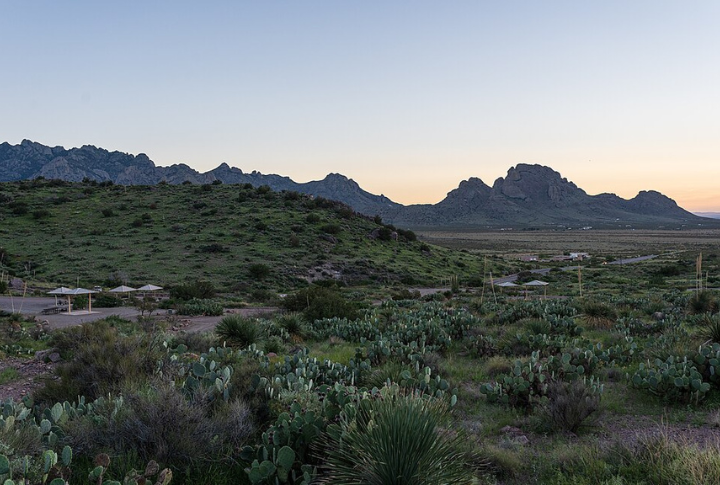
If the name doesn’t give it away, the rocks certainly will. Rockhound State Park is one of the few parks in the country where visitors are encouraged to take home what they find. The area is known for its jasper, agate, geodes, and thundereggs.
Spencer Opal Mines, Idaho
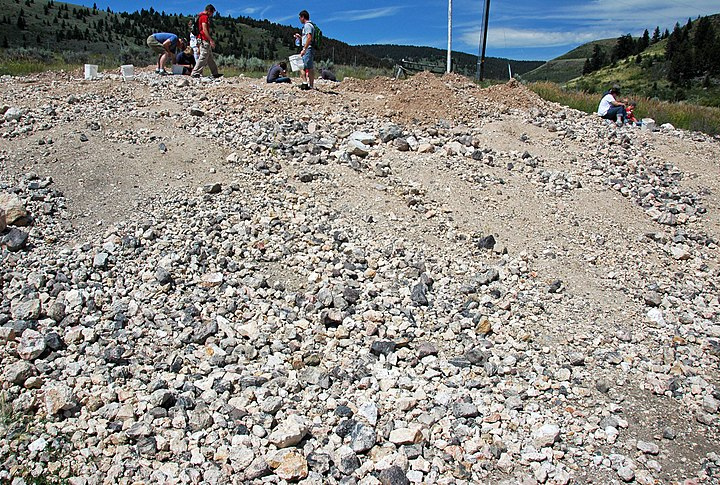
Spencer’s opal mines are known for producing brilliant white and fire opals. The mine’s tailings are brought out daily for visitors to explore, and lucky diggers can find rough stones big enough for cutting. Additionally, there’s an opal factory on site that turns the raw finds into polished cabochons and jewelry.
Douglas Creek, Wyoming
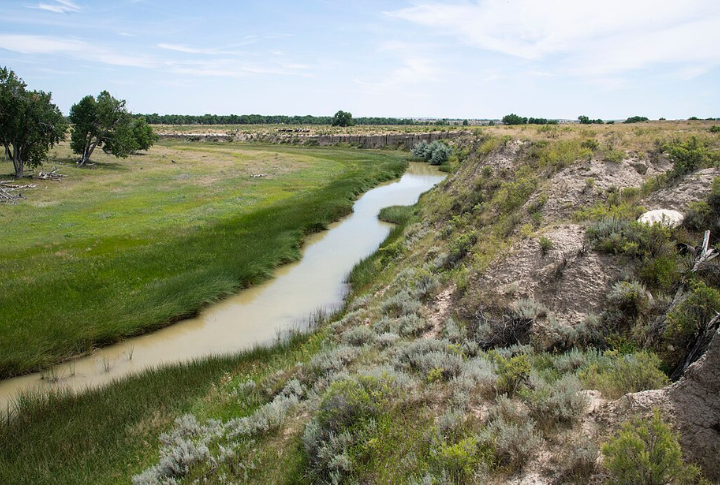
Hidden in the Sierra Madre foothills, this creek carries more than just cold mountain water. Douglas Creek is best known for its placer gold deposits, along with traces of copper and garnet. While some sources mention Wyoming’s broader diamond potential, there’s no verified history of diamonds in this specific creek.
Jackson’s Crossroads Amethyst Mine, Georgia

Jackson’s Crossroads is one of the most famous amethyst sites in North America. Located in Wilkes County, Georgia, the mine offers public digs on select weekends throughout the year. The crystals here are often large, with rich saturation and sometimes complex formations.
Pala Chief Mine, California

If stones could tell stories, the ones from Pala would sing. This Southern California mine has produced gorgeous pink tourmalines and lepidolite for over a century. Once a supplier to China’s imperial court, it still operates today with public dig events.
Royal Peacock Opal Mine, Nevada

It’s dry, dusty, and dazzling. Located in Nevada’s remote Virgin Valley, this opal mine offers a rare chance to find black opal. The mine has been producing since the early 1900s and runs several digging options, from raking through tailings to advanced trenching.
Emerald Hollow Mine, Hiddenite, North Carolina

There’s a reason they named the town Hiddenite. Emerald Hollow is the only public emerald mine in the U.S., and yes, real emeralds are found here. The site also yields hiddenite as well as sapphires and quartz. Three different mining options are available: creek mining, sluicing, and digging.
Rainbow Ridge Opal Mine, Nevada

Each dig here feels like opening a painter’s palette. Situated near the Royal Peacock in the same opal-rich Virgin Valley, Rainbow Ridge specializes in high-quality fire opals. These stones blaze with bright internal colors when properly exposed to light. Unlike traditional mining, here you dig through ancient volcanic ash beds.
Gold Prospecting Adventures, Jamestown, California
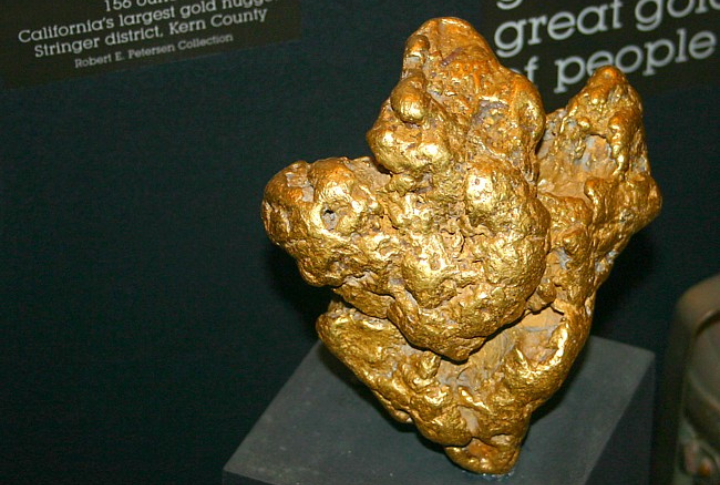
Gold may be in the name, but it’s not the only thing you’ll find. In addition to gold flakes and nuggets, diggers often uncover garnets and the occasional tourmaline while panning in this historic Gold Rush-era region. The company offers guided experiences ideal for families and first-timers, with seasoned staff teaching old-fashioned techniques.
Crystal Grove Diamond Mine, New York

These double-terminated quartz crystals grow inside pockets of dolostone, and their clarity can rival the real thing. What makes Crystal Grove special is its family-friendly setup. Campsites and shaded digging areas make it an ideal stop for weekend warriors. The hunt is hands-on, and the thrill is very real.
Oceanview Mine, Pala, California
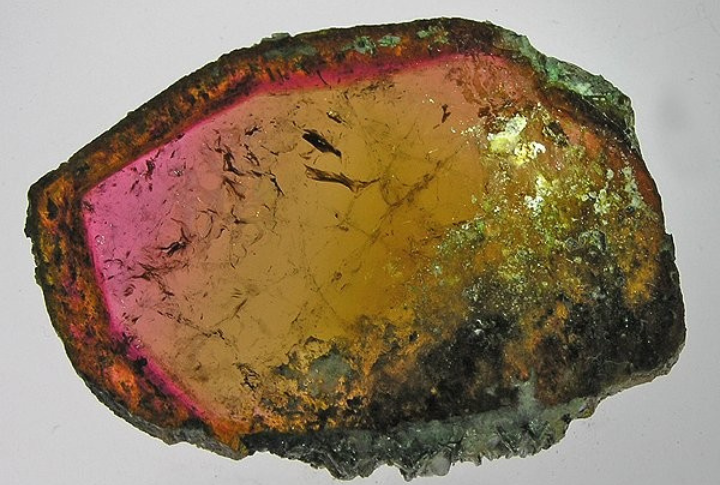
This isn’t polished. It’s raw and real. The Oceanview is an active mine that opens to the public on select days to offer hands-on digging for tourmaline and quartz. Visitors sift through tailings from ongoing operations, often finding vibrant specimens in granite chunks.
Mason County, Texas

Mason County blends small-town charm with rugged geological riches. The place is a prized spot for those hunting blue topaz—the official gemstone of Texas. Unlike heat-treated blue topaz found commercially, the stones here have a natural, sky-blue saturation straight from the earth.
